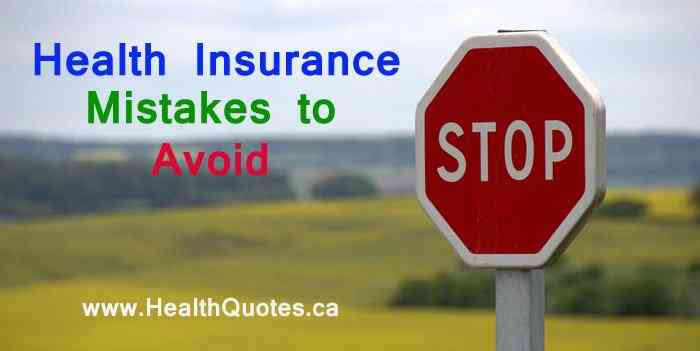Disability Insurance 101
By Krista DeKuyper | October 18, 2023 |

Introduction to Disability Insurance 101
A person’s ability to generate income is extremely important. In fact, this ability should be considered an asset that’s just as important as a house or any other physical possession. Read on to get Healthquotes Disability Insurance 101 explanation.
Most of us don’t think twice when insuring our physical assets. Yet often times we don’t think about insuring our ability to earn money.
This is where disability insurance, also referred to as “DI”, “income protection”, or “disability income insurance”, comes into play. DI pays a percentage of a person’s earnings for a given amount of time if the insured person is unable to perform their job duties due to injury or sickness.
Types of Disability Insurance: Short-Term and Long-Term
There are two main types of DI: short-term and long-term.
Both types of DI pay out a percentage of lost earnings, and both types also have a “waiting period” (aka “wait period” or “qualifying period”) that determines how long after a debilitating disease or injury an insured person can collect benefits.
Short-Term DI
Short-term DI provides coverage for a “short term“, oftentimes 15, 26 or 52 weeks (2 years is the maximum). The amount of coverage varies and is expressed as a percentage of lost income. Typically coverage ranges from 50% to 70% of income.
Short-term DI is offered via employee benefit plans and not through private, individual plan types. Oftentimes, however, short-term DI is not offered by a group insurance plan since an employee unable to work should qualify for EI (Employment Insurance) benefits after sick leave runs out.
The waiting period for short-term DI is very short, due to the nature of the plan. Oftentimes there is a 7 day wait period for illness while coverage starts the day after an accident or hospitalization.
Long-Term DI
Long-term disability insurance is for a much longer duration than short-term DI, and is designed to kick in when short-term DI runs out.
Typical waiting periods for long-term DI are 30, 60, 90 and 120 days.
Long-term DI plans usually cover 60% to 70% of lost income for at least two (2) years.
Most long-term plans also have clauses that deal with the insured’s ability to do their current job duties versus doing ANY job they are qualified for. In other words, there may be a time limit set on the coverage for not being able to do one’s current job duties. After this time is up the insured would have to take ANY work they are qualified for.
Disability Insurance Providers
DI benefits are available from the following types of insurance plans:
- Group health insurance plans (aka “employee benefits”)
- Individual disability insurance plans
- Government plans
Often times an employee benefits package will offer DI to the employees. DI is an optional group insurance benefit, but note that if one employee gets DI than all employees of that same classification must also receive DI benefits. (Employees on a group insurance plan are often categorized into “classes” based on their duties).
Employee benefits can offer both short-term and long-term DI benefits. In addition group DI usually runs out after 2 years of benefits are paid out since the insured is expected to perform ANY duties he/she is qualified for (instead of their previous duties).
If you do not get DI benefits from a group insurance plan or a government plan then you do have the option of buying a personal plan. Personal disability insurance is always long-term DI, there are no short-term individual disability insurance plans.
Unlike group DI, personal DI plans usually do not force the insured to go back to work performing different types of duties after two years of benefit payments.
That is not to say, however, that personal DI plans do not have these types of clauses. Oftentimes there will be clauses that determine for how long benefits can be collected before the insured person is expected to get a job for any duties that qualify for. This all depends on the particular plan in question.
Finally, there are government DI benefits, whereby most government employees do get a limited amount of DI coverage.
Maximum Payout (All Sources Maximum)
When a debilitating accident or disease occurs there is usually a variety of benefits available.
There are government-related income sources such as Workers Compensation and Canada Pension, which are considered “first payers”. First payers are those disability incomes that are paid out before any other benefits sources.
Then there are DI benefits from employee benefits, and/or personal disability insurance coverage. These are often the second or third payers.
First tier benefits are paid out first, second tier benefits are paid out second, and so on and so forth.
Regardless of the number or types of DI plans you have, on an annual basis the maximum amount of benefit money you can receive for a particular disability is 85% of your pre-disability income.
Conclusion
We hope you found this article Disability Insurance 101 useful.
If you have any questions at all about DI please feel free to contact us. As Canadian insurance brokers we are here to help!






























